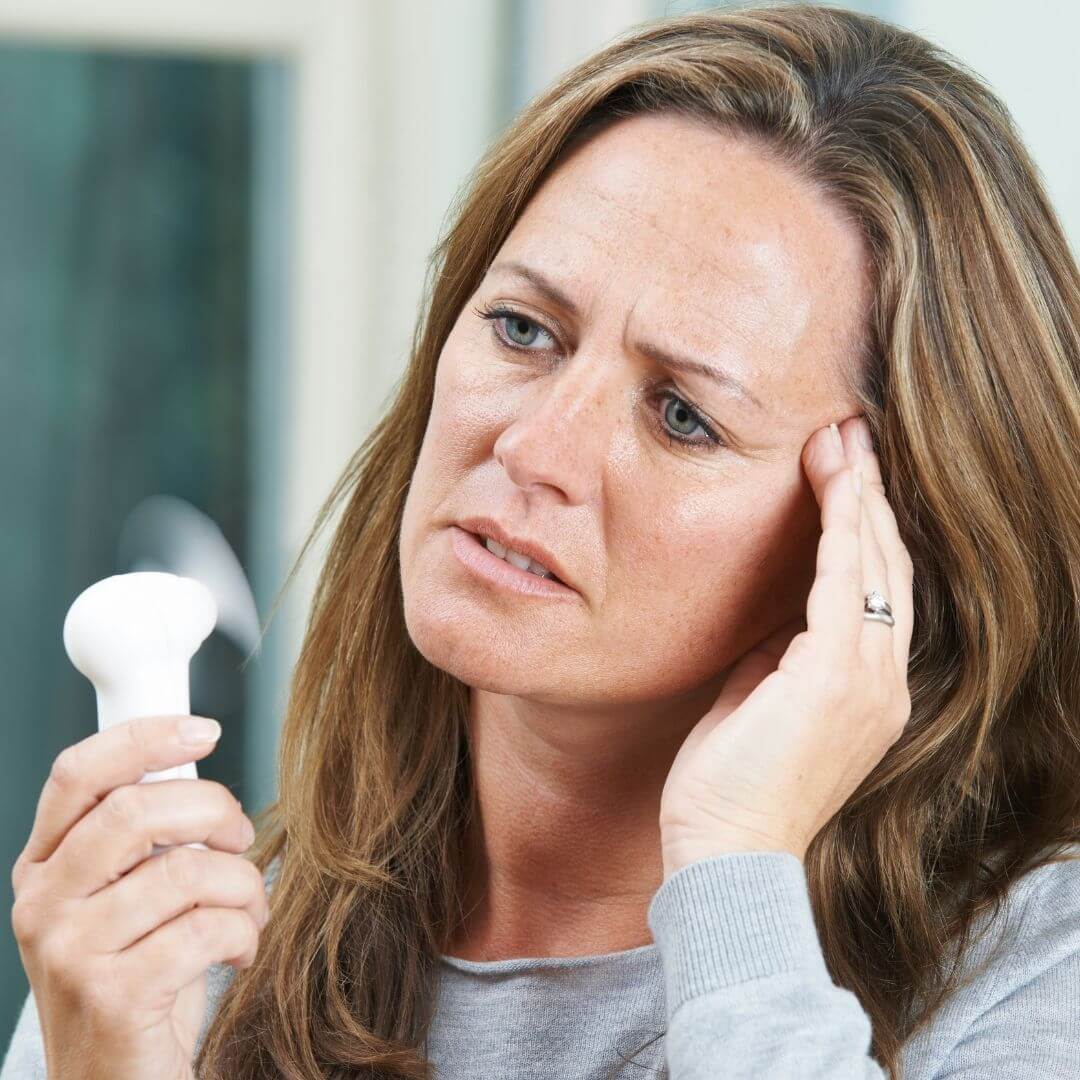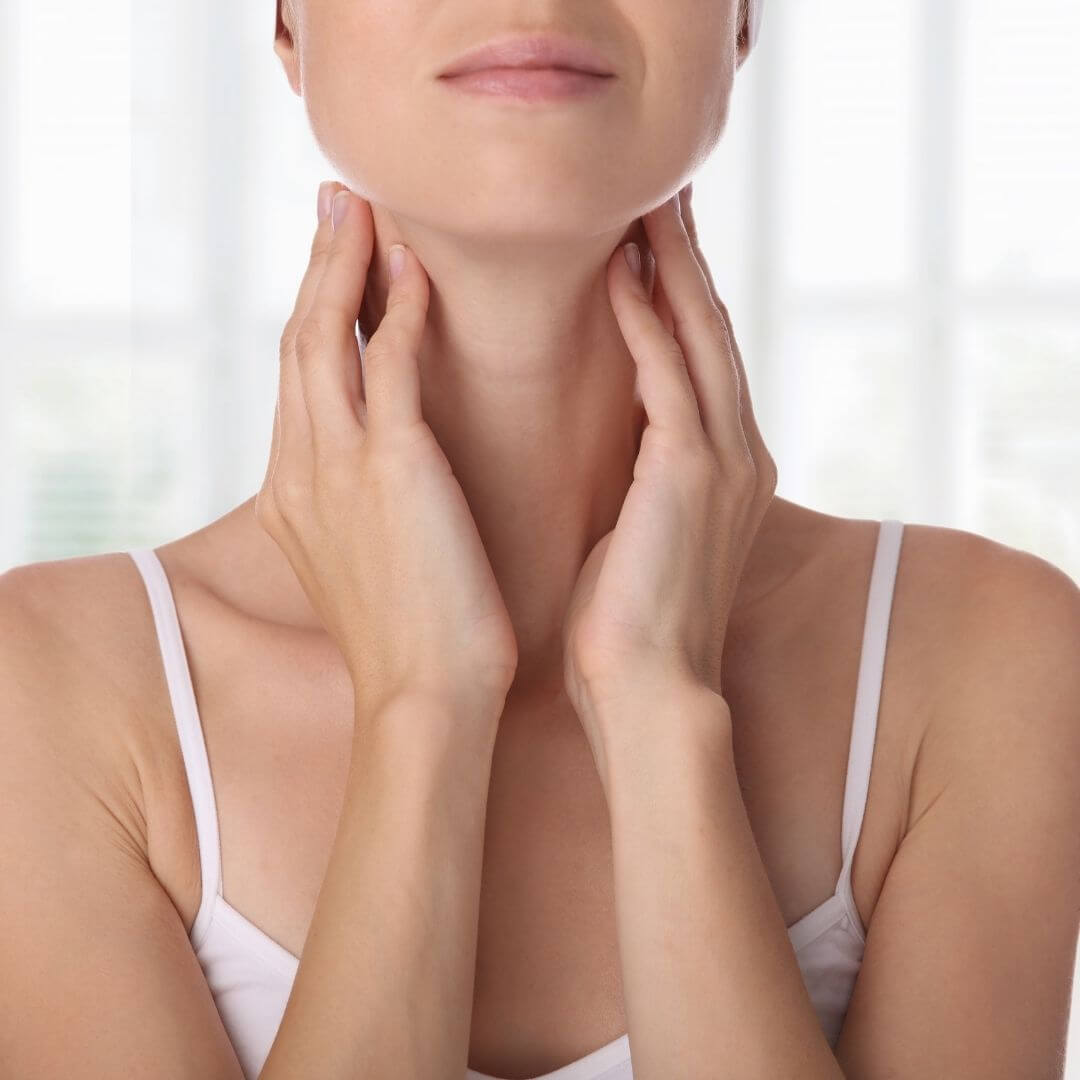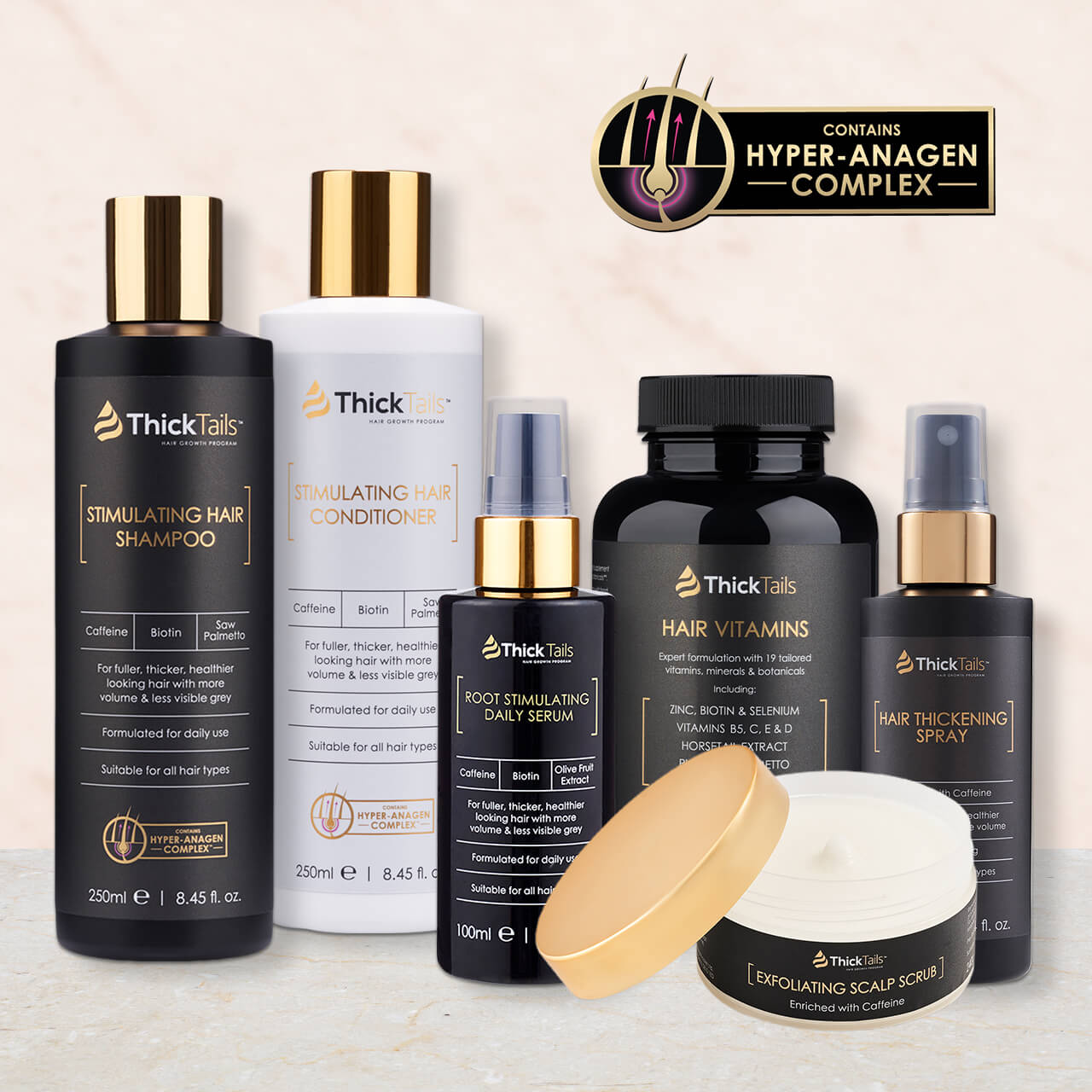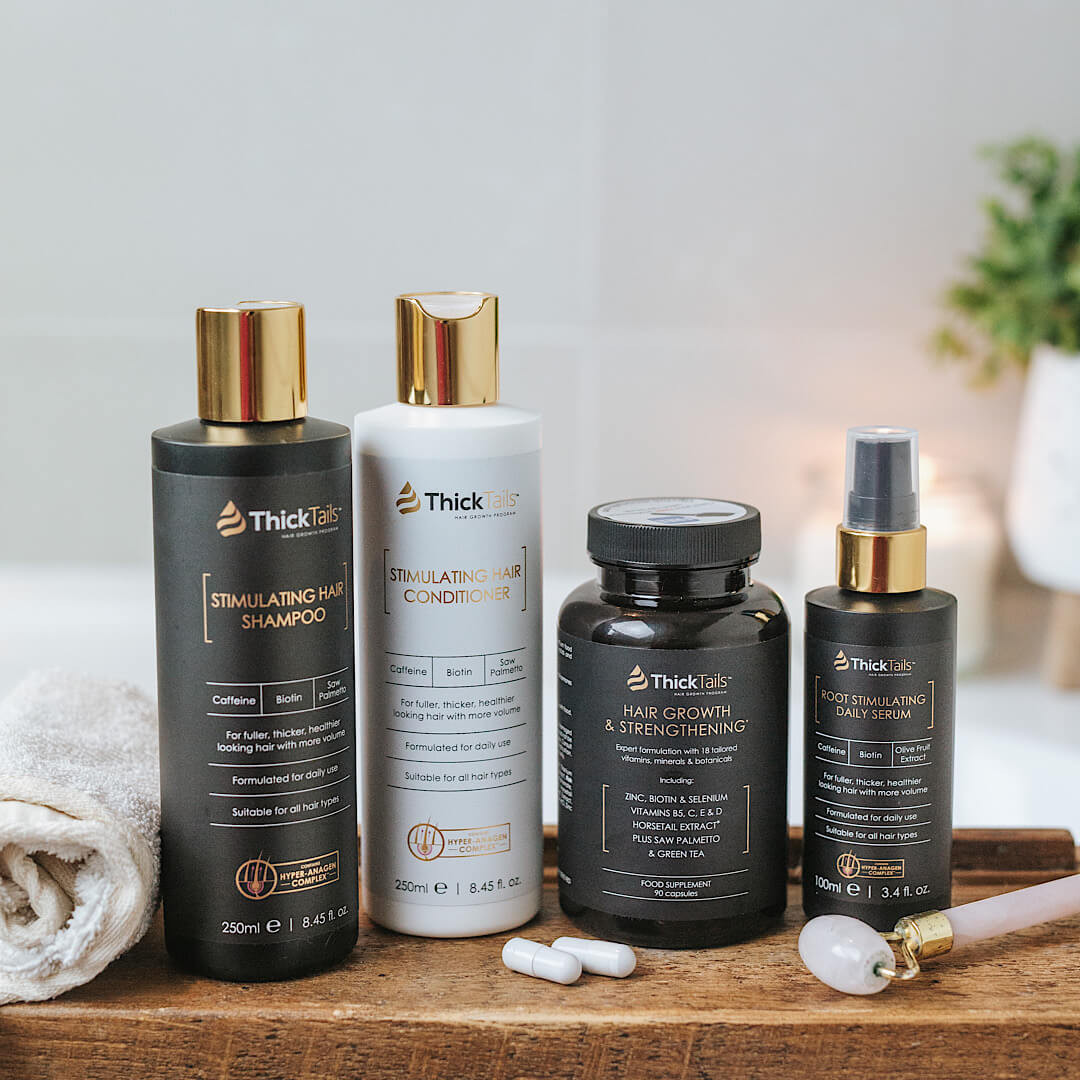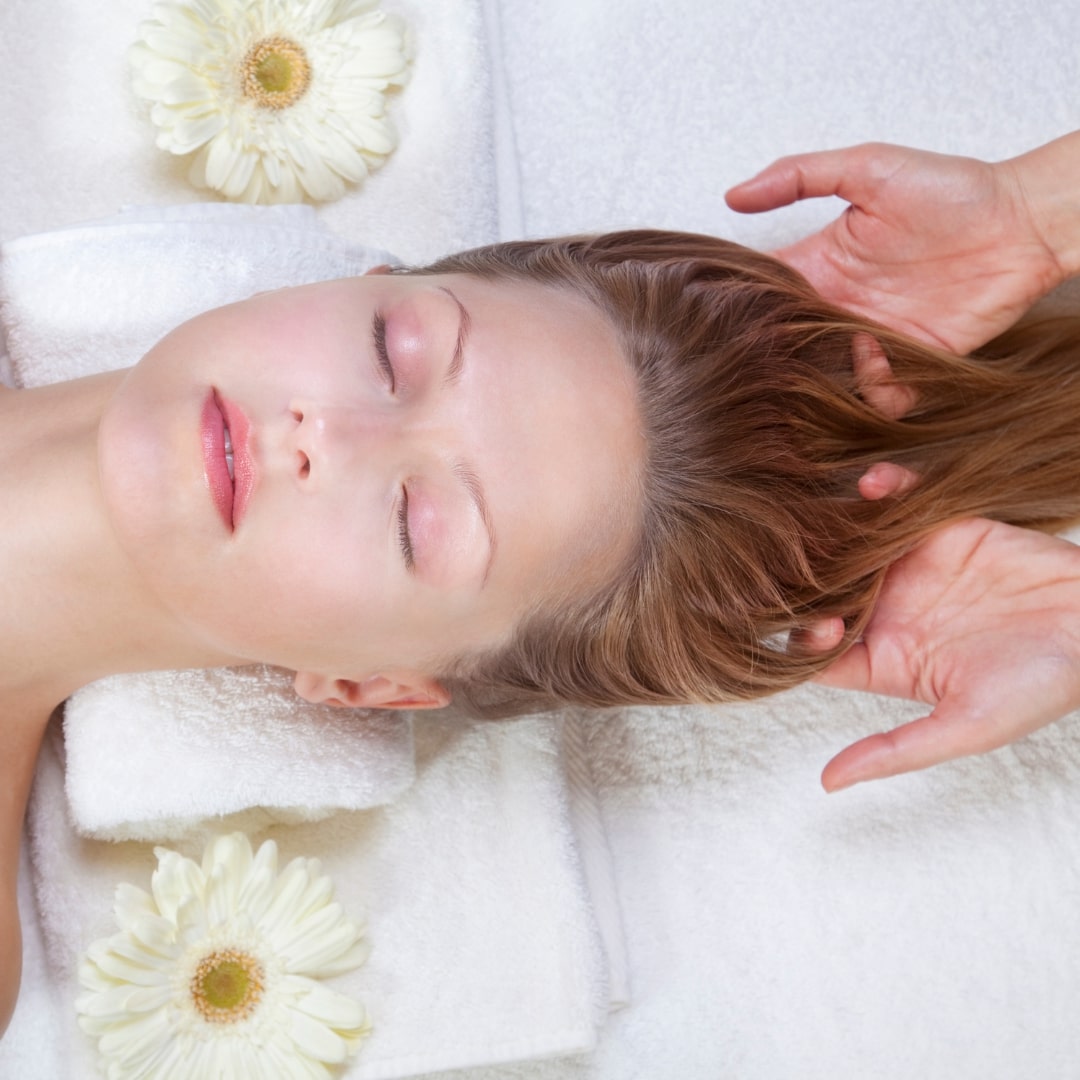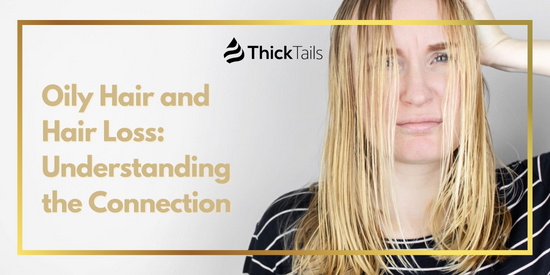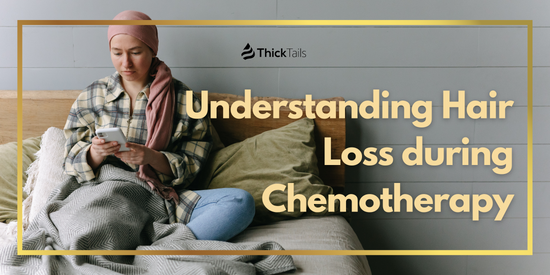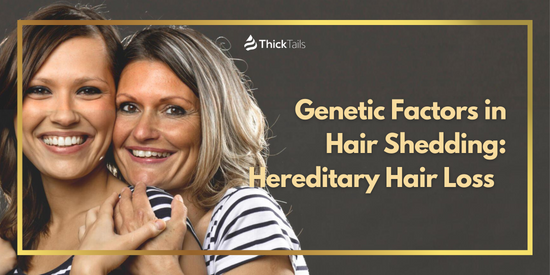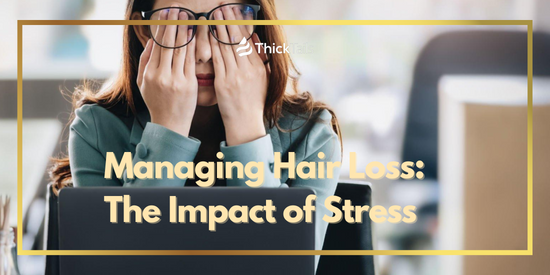Chemically treated hair can be a stunning canvas of self-expression, from luscious waves and bold colors to sleek straight hair. However, the very treatments that give our mane that gorgeous transformation can also lead to distressing issues like hair loss and damage. For many women, especially those experiencing the hormonal changes of menopause, these issues can be a source of frustration.
In this in-depth guide, we'll explore the world of chemical hair treatments and arm you with a toolkit for maintaining the health and vitality of your hair. Whether you've recently undergone a chemical treatment or are considering one in the future, understanding the potential risks and preventive measures is crucial for ensuring your head of hair remains your crowning glory.
Understanding the Impact of Chemical Treatments on Hair

Before we delve into the preventative measures, let's break down how chemical treatments affect your hair.
Chemical treatments, including dyes, relaxers, and perms, can weaken the hair’s natural structure, leading to increased fragility and the risk of hair loss. For many women, the cumulative effects of these treatments over time can exacerbate thinning and loss of hair volume. It's especially important to be aware of these risks when hormonal fluctuations may already be affecting hair's strength and density.
Common Types of Chemical Treatments and Their Effects on Hair
Chemical hair treatments can broadly include coloring, perming, straightening, relaxing, and even keratin treatments. Each alters the structure of your hair in a unique way. For instance, coloring can open up the hair cuticle to deposit color molecules, while relaxers and perms break the protein bonds in the hair to change its shape.
How Chemical Treatments Can Lead to Damage and Hair Loss
When hair undergoes a chemical transformation, it becomes more susceptible to damage. Overlapping treatments, improper application, or neglecting aftercare can weaken the hair, leading to breakage. In some cases, particularly with aggressive relaxers or perms, damage can be so severe that it causes hair to fall out.
Identifying Signs of Damage in Chemically Treated Hair
Signs of damage can include dryness, brittleness, split ends, and, in more serious cases, noticeable thinning or bald patches. If you notice these signs, it's important to act quickly to prevent further damage. Women who are concerned about hair loss as a result of chemical treatments should also look out for changes in texture and overall manageability. Often, these changes can be early indicators of weakening hair that if ignored, can escalate to more severe hair loss. It is essential for women to be proactive in recognizing these signs and seeking professional advice or treatments that are tailored for chemically treated hair to prevent further damage.
Tips for Preventing Damage and Hair Loss in Chemically Treated Hair
Prevention is always better than cure, and with chemically treated hair, this adage rings truer than ever. Here are practical tips to keep your locks healthy.
For women facing hair loss, it's imperative to choose shampoos and conditioners that are specifically formulated for chemically treated hair to nourish and repair. Incorporating hair supplements that promote growth and strengthen follicles can also be beneficial. Additionally, using a targeted serum can provide a concentrated treatment to protect against breakage and further hair loss.
Choosing the Right Products for Chemically Treated Hair
Selecting the right shampoo and conditioner is your first line of defense. Look for products that specifically cater to chemically treated hair, as they are formulated to restore moisture, repair damage, and prevent breakage. Avoid shampoos with sulfates, which can be too drying for processed hair. Beyond shampoo and conditioner, integrating a well-rounded regime with hair supplements—like biotin, zinc, and vitamins A, C, and E—can nurture hair health from the inside out, potentially mitigating hair loss in women.
Additionally, a nourishing serum enriched with proteins and antioxidants can create a protective barrier for the hair, minimizing future damage and supporting the efforts to maintain a full and resilient head of hair post-treatment. It's essential for women to understand that the right topical applications paired with internal support can work synergistically to maintain the integrity of chemically treated locks.
Implementing a Gentle Hair Care Routine for Chemically Treated Hair
Over-washing and aggressive towel-drying can both contribute to hair damage. Instead, opt for gentle, sulfate-free shampoos used in moderation. Pat your hair dry with a soft microfiber towel or let it air dry to minimize stress on your strands.
Regular deep conditioning treatments should be a staple in your routine, providing intense hydration and aiding in repair. Similarly, for women experiencing hair loss, supplements rich in biotin and vitamins can support hair health from the inside out. Finally, investing in a quality leave-in serum not only helps in detangling but also coats the hair to shield it from environmental stressors that can exacerbate hair loss.
Protective Hairstyles and Practices to Minimize Damage
Protective hairstyles like braids, twists, and buns can help reduce the exposure of chemically treated hair to environmental and mechanical damage. Silk or satin bonnets and pillowcases can also prevent friction-related damage while you sleep.
For women especially, reducing the frequency of heat styling is another crucial step in preventing hair loss. Heat can strip moisture from the hair, making it more brittle and prone to breaking. Instead, embrace natural hair textures or use heat protectant sprays when styling is necessary. By being mindful of these practices, women can significantly mitigate the risk of hair loss associated with chemically treated hair.
Maintaining Healthy and Vibrant Chemically Treated Hair

Preventing damage is only half the battle; maintaining the vitality of your treated hair is equally important.
For women experiencing hair loss, integrating a holistic approach to hair care can make all the difference. An arsenal of gentle shampoos and conditioners, specifically designed for chemically treated hair, should be complemented with strategic use of supplements and serums that target hair loss. This multi-faceted approach helps to ensure that hair remains healthy and vibrant, minimizing the likelihood of further damage and loss.
Regular Trims and Professional Treatments for Chemically Treated Hair
Frequent trims can eliminate split ends before they travel up the hair shaft, a common cause of breakage. Additionally, professional treatments such as deep conditioning, protein masks, and salon-grade serums can go a long way in maintaining the integrity of your hair.
Nutritional Support and Supplements for Hair Health
A healthy diet rich in nutrients like biotin, vitamins A and E, and omega-3 fatty acids can support hair health. For an extra boost, consider hair supplements specifically designed to nourish hair from the inside out.
For women who suffer from hair loss, it's essential to not only focus on external hair products but to also nourish the body with the right nutrients. Incorporating hair supplements that contain growth-stimulating compounds such as biotin can significantly bolster the hair's strength and vitality. Furthermore, supplements often provide a blend of vitamins and minerals that target the underlying health of the scalp, creating an optimal environment for hair growth and retention.
How to Transition Safely Between Chemical Treatments
If you're someone who regularly undergoes chemical treatments, ensuring a smooth transition from one treatment to the next is key. Avoid overlapping treatments, and give your hair ample time to recover between sessions. In the interim, focus on restorative care to prepare your hair for the next treatment cycle.
A Holistic Approach to Hair Health
Maintaining chemically treated hair is about adopting a holistic approach to your hair care routine. Understanding the treatments you undergo, choosing the right products, and practicing gentle care are all part of the equation. Equally important are regular trims, professional treatments, and nutritional support. By taking these steps, you can enjoy the transformative power of chemical treatments without compromising the health of your hair.
For women experiencing menopause, the hormonal changes can add an extra layer of complexity to hair maintenance. If you're noticing an increase in hair loss or changes in your hair texture, it might be time to adjust your routine and possibly seek medical advice. Remember, your hair is an extension of your self-esteem, and it deserves the best care you can give. Take control, invest in your hair health, and let your radiant locks be a reflection of your inner beauty and strength.

